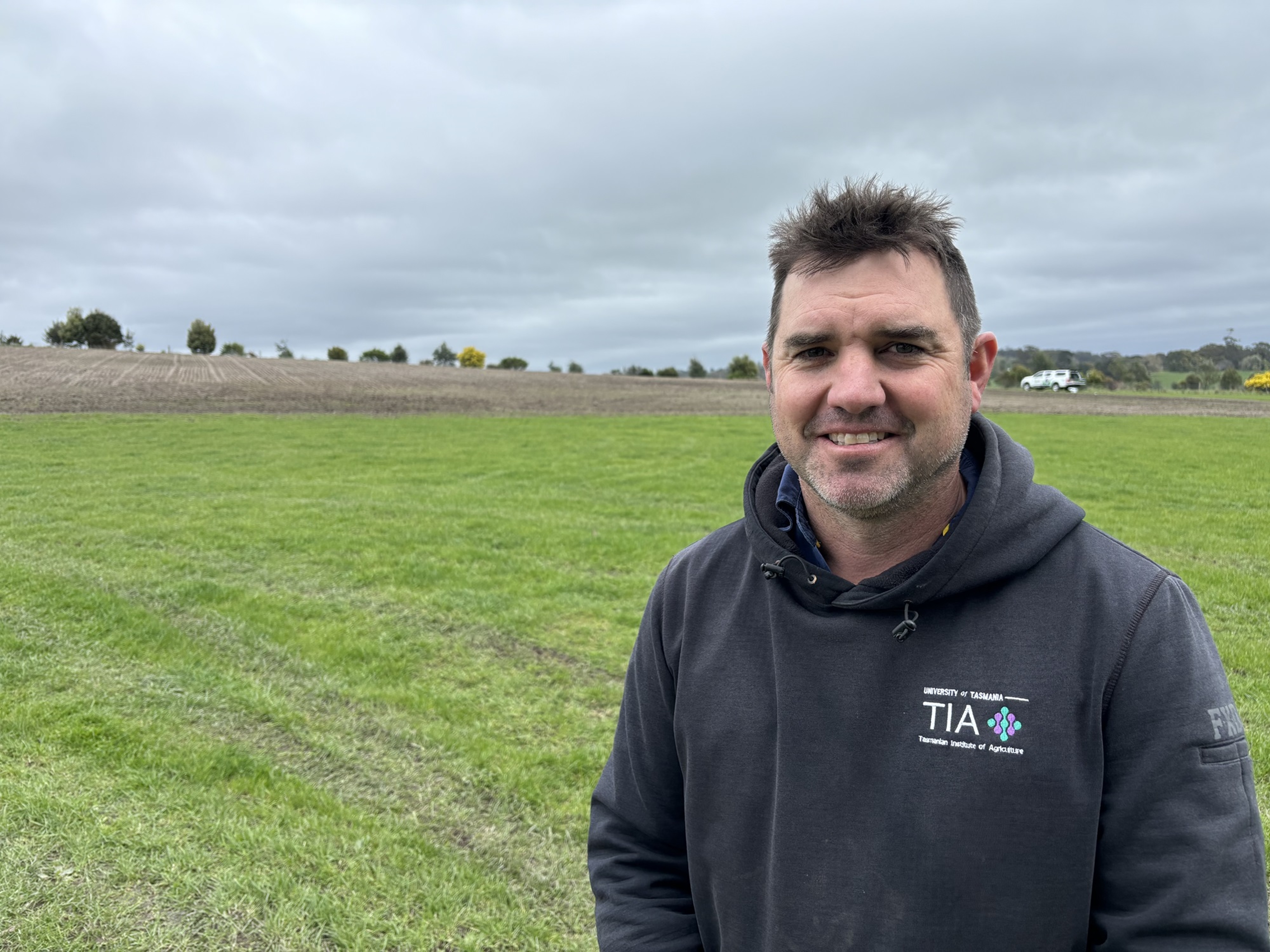Drought-resistant pastures: adapting to climate change

AS climate change puts more pressure on Australia’s pasture systems, a new research project aims to find more drought resistant pasture species.
The Tasmanian Institute of Agriculture is one of the project partners trying to address the problem of prolonged dry periods and their impact on livestock pasture systems.
The Pasture 365 project will determine whether growing a large number of diverse pasture species can result in drought resilient pastures and enable a feedbase that can provide year-round feed for livestock.
There are nine experimental sites in high and low rainfall regions nationally and these will be used to evaluate a range of pasture mixes.
In Tasmania, TIA has set up two focal sites with sowing recently completed at Campbell Town and Pipers River.
The Tasmanian component of the project is being led by senior research fellow Rowan Smith.
“We’re looking to see if we can find some pasture species mixes that are more resilient to extended and more regular periods of dry times,” Dr Smith said.
“In many regions, livestock producers rely on just a small number of pasture species for their grazing livestock. It’s been more common for farmers to focus on two or three species.”
He said cover cropping and regenerative practices had popularised sowing a range of species in recent years.
“We want to see whether that will work in a perennial pasture system,” he said.
The five-year project will evaluate simple and complex pasture mixes and assess productivity as it aims to address shortages in summer feed and boost the resilience of grazing enterprises to cope with droughts and climate change.
The trial site at Pipers River in the state’s North-East has medium to high rainfall.
Dr Smith said in such zones it was common to sow perennial ryegrass and white clover so those species were chosen as the benchmark.
“We’re trialling diverse mixes and altering the amounts of legume species, grass species and herbs in those. Building a complete feedbase may require a number of species mixes and crops, suited to the grazing enterprise,” he said.
The other site at Campbell Town represents a low-rainfall environment and has been sown with a different range of species known for drought resilience.
The experiments are being conducted on commercial farms and involve a high level of experimentation, measurement and monitoring.
“Particularly across northern Tasmania in the last 18 months we have seen extended dry periods,” Dr Smith said.
“High rainfall pastures in Tasmania are heavily reliant on perennial ryegrass, and we know if it becomes moisture stressed in rainfed systems it struggles to remain productive and plant death is common,” he said.
“This has been demonstrated recently by the extended dry periods in the North-West and King Island.”
Dr Smith said the project aimed to successfully include a large range of species including grasses, legumes and herbs in a pasture and find out if diversity helped during those dry times, or diversity across the farm in a range of simple mixes was more valuable than high diversity within paddocks


Add new comment